4 Innovations Cardiology Wants Now: It's (Almost) All About Data
When CVB asked cardiology leaders to describe the innovations at the top of their wish lists, almost all of their requests touched on the need to better leverage data. Another commonality: Whether directly or indirectly, the pandemic appeared to exert a powerful influence on their responses. Here’s what they asked for:

1 Better, More Comfortable PPE
Personal protective equipment is part of our new normal, but today’s masks—and other PPE gear— are uncomfortable, irritating and challenging to work in for long stretches, says Srihari S. Naidu, MD, director of the cardiac catheterization laboratory and the hypertrophic cardiomyopathy program at Westchester Medical Center in New York. “I start coughing,” he explains. “Other people complain about rashes on their face.” Ideally, he adds, facial coverings also would be transparent, keeping the mouth visible while still including a filter.
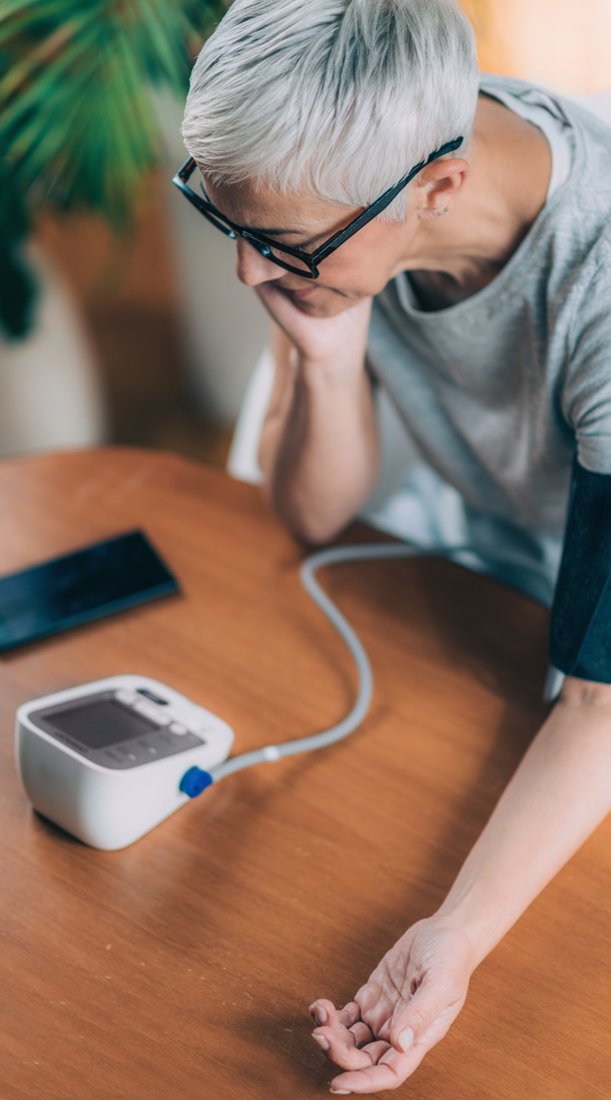
2 Access to Remote-monitoring Data Before Patient Visits
In a perfect world, sources told CVB, clinicians would have access to ECG, temperature, blood pressure, fat content, water content, resting heart rate, and other data before each virtual or in-person patient visit. This could dramatically improve care quality and efficiency, says Naidu.
While some cardiology practices may have moved in the direction of pre-visit data downloads, it’s not currently happening for most practitioners.
A simple, ideally one-button, interface that gives the clinician access to all of a patient’s data before they present for care would be invaluable for tailoring care to the patient. It also would streamline care, says Rami Doukky, MD, MSc, chair of cardiology at Cook County Health in Chicago. “Instead of seeing the patient first, … you could size up the problem, get your ducks in a row, order your tests, figure out your strategy, determine the pathway you’re going to use —and then see the patient,” he explains.
But there’s a caveat, Doukky says. To be successful, neither the remote monitoring nor the data transfer can create a burden for the patient. It must be as silent and unobtrusive as possible.
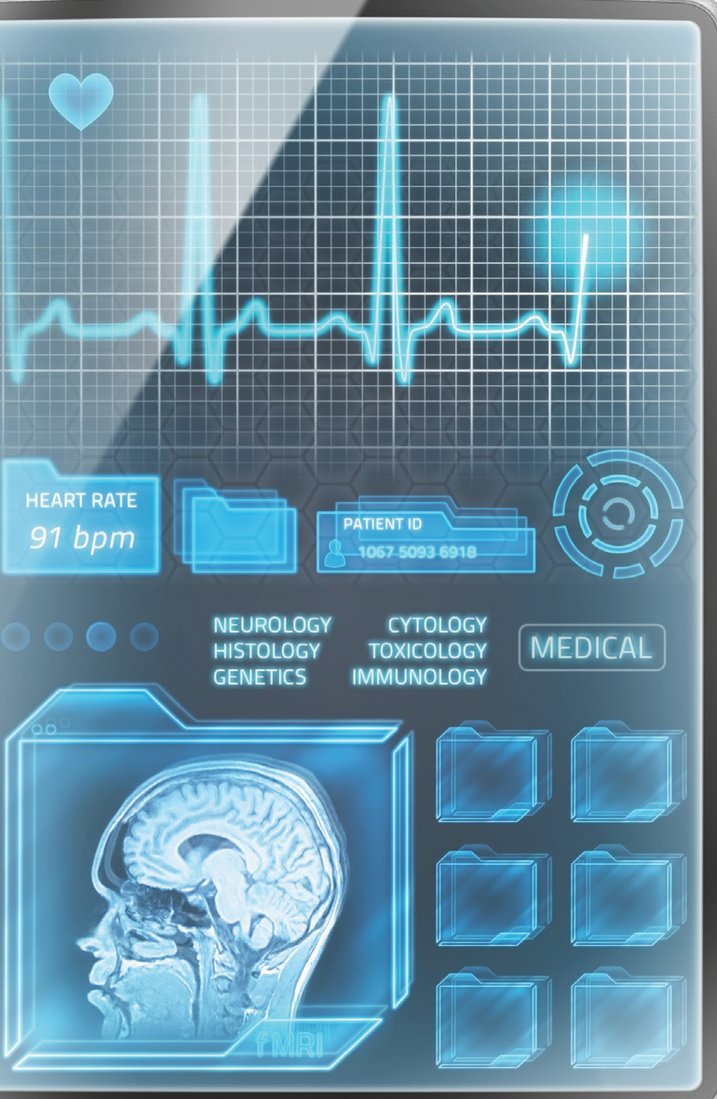
3 True Data Integration
It’s time to integrate high-quality data in ways that will predict the next patient to have a cardiac event, Doukky says. The technology exists, but data too often remains siloed. It’s time to truly integrate the data in the current silos.
Using imaging as the example, he envisions “a world where the old information that stems from our old imaging studies—whether it’s echo, nuclear CT, MRI, perhaps even EKG—can somehow migrate into a data mart that captures a lot of the high-value information that we put in our report.”
Those analytics would provide profound insights into patient health. They also could help identify and solve care delivery problems—for example, pinpointing the underlying reasons for redundant imaging.
4 Virtual Care (That’s Much More Than Telehealth)

During the COVID-19 shutdown, many telehealth tools were retrofitted to the current system, Doukky points out. No doubt, they filled a short-term and, in some cases, urgent need. But telehealth as it’s deployed today is not sustainable, he says.
And, despite the hype about telehealth being here to stay, telehealth alone is not enough to transform healthcare, asserts John S. Rumsfeld, MD, PhD, chief innovation officer for the American College of Cardiology and professor of medicine at the University of Colorado School of Medicine.
Today’s telehealth is a far cry from the healthcare transformation Rumsfeld envisions. He makes an enthusiastic case for a bigger vision, where telehealth is just one component of virtual care.
Virtual care is the innovation healthcare needs now, he says. “We need to build the components of virtual care around the telephone and video visit.” Otherwise, he explains, telehealth will be little more than touch-base calls, and patients will still need to come into the clinic for care that could be managed virtually.
“We have to actually be able to do the clinical care,” says Rumsfeld, who challenges cardiologists to start getting onboard for a world where “80% of all healthcare could be managed virtually.”
Is AI the Key to Getting a Handle on Data?
- The push for better, more accessible data isn’t new, but COVID-19 is fueling new urgency to get rid of data silos. Clinicians want current, integrated data, and they want to review it before their patients present for care.
- PPE is the standard uniform for today’s clinicians, but it’s falling short of expectations.
- Don’t get too comfortable with “telehealth,” which for some practices is just a euphemism for “touch-base.” Visionaries are aiming to parlay the current enthusiasm for telehealth into transformed systems where as much as 80% of actual care is delivered virtually.
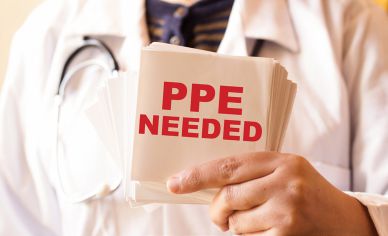 ALSO: SUPPLY CHAINS
ALSO: SUPPLY CHAINS
Cardiologists didn’t mention it enough to make our innovations wish list, but supply shortages and their impacts are on clinicians’ minds. COVID-19 revealed the risks of being too dependent on international suppliers for pharmaceuticals and PPE. Citing a Vox article, CVB’s sister publication Health Exec outlined three actions healthcare leaders can take to balance supply-chain economics:
1 Diversify supply chains.
2 Explore self-manufacturing.
3 Advocate to federal and state governments.
Is AI the Key to Getting a Handle on Data?
As healthcare enterprises collect more and more real-time biometric data, artificial intelligence will be the only way to make it actionable, predicts John S. Rumsfeld, MD, PhD, chief innovation officer for the American College of Cardiology and professor of medicine at the University of Colorado School of Medicine.
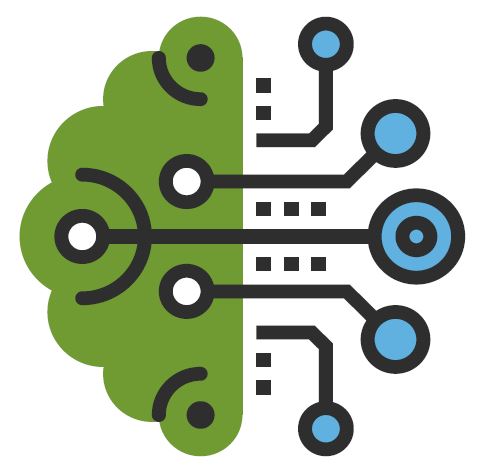 More data might sound like a good thing but, from a clinician’s point of view, too much of it could defeat the purpose of gathering it. The point of remote biometric monitoring isn’t to give the clinician 24/7/365 data on every patient, Rumsfeld insists. “What am I supposed to do with that?”
More data might sound like a good thing but, from a clinician’s point of view, too much of it could defeat the purpose of gathering it. The point of remote biometric monitoring isn’t to give the clinician 24/7/365 data on every patient, Rumsfeld insists. “What am I supposed to do with that?”
Physicians don’t want an infinite stream of data; they want access to the right data at the right time.
Consider heart failure and its monitoring mainstay: daily weight checks. By the time a patient has gained three to five pounds of fluid, they’re probably already short of breath and already in trouble, points out Rami Doukky, MD, MSc, chair of cardiology at Cook County Health.
What if clinicians could instead look at data that deliver opportunities to be more proactive? “Your resting heart rate when you sleep is a window to health,” Doukky explains. When heart patients begin heading for “trouble,” their resting heart rate stays high, even during sleep. Such sleep disruption occurs a week or more before weight gain. By using biosensors to monitor sleep patterns, AI algorithms could alert the care team to changes early, allowing adjustments to be made before a crisis occurs.
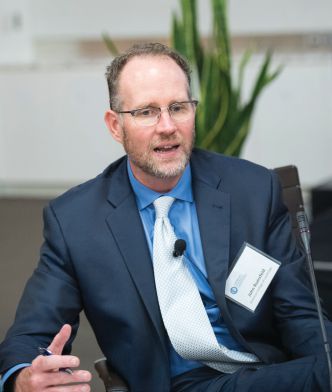
“We can’t just use AI to look for patterns of care in the EHR. ... I think we’re going to kill people if we do that.” John S. Rumsfeld, MD, PhD ACC Chief Innovation Officer
Garbage in, garbage out
AI, deployed correctly, “could be unbelievably positive and helpful,” Rumsfeld says. But that’s only “if it’s based on high-quality data.”
Unfortunately, enthusiasm about AI has tended to overshadow the importance of quality data, he warns. AI “learns” based on the data it’s fed. In other words: garbage in, garbage out. “We can’t just use AI to look for patterns of care in the EHR,” which are primarily billing platforms and rife with inaccuracies and missing data, Rumsfeld says. “I’m here to be the first one in line to say, ‘I think we’re going to kill people if we do that.’”